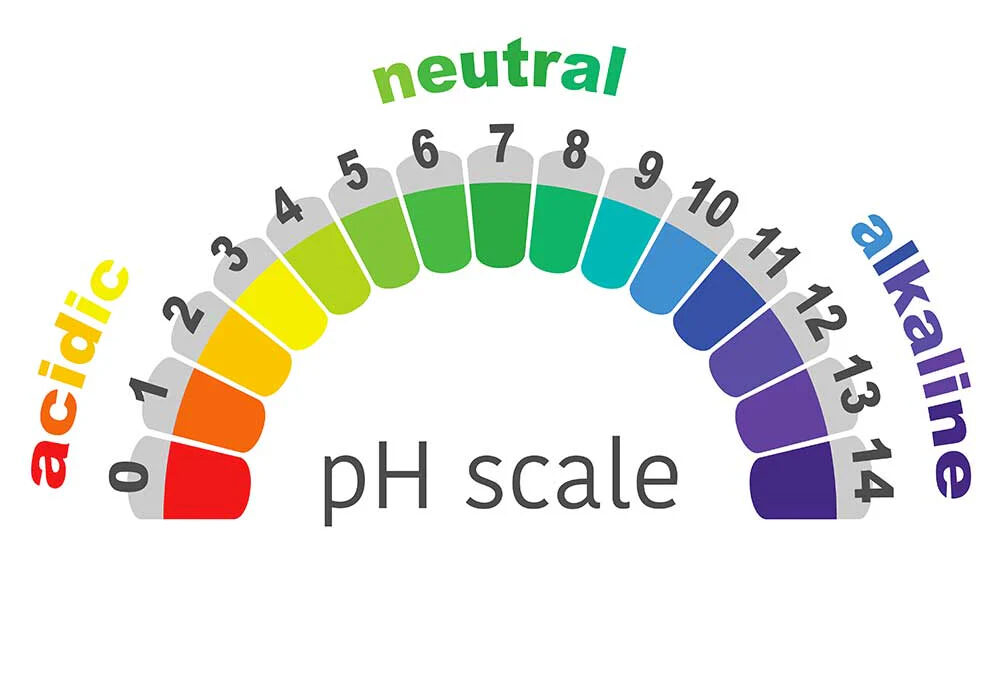You recall listening to your teacher talk about alkaline and pH levels as you were seated in science class. Along with a good number of studies, you discovered that one end of the scale was basic and the other was acidic. In a number of ways, the human body can also be located on the pH scale. Every component of your body is located in a different location on the scale; your blood is on the alkaline side, while your stomach is on the acidic side. Your other organs and members are located everywhere. You might be shocked to hear that a low level of stomach acid is the cause of your acid reflux symptoms. Many people believe that reflux occurs when the sphincter allows too much stomach acid to pass through, although this isn’t always the case. The stomach is meant to be the storage space for stomach acid. It is where the acid is produced, where it should be kept, and where food undergoes major breakdown prior to the completion of the digestive process. There is less stomach acid when you have acid reflux because the acid produced in your stomach seeps into your esophagus. It should come as no surprise that your body functions as a system that interacts with itself in many different ways. If one aspect of that system is out of balance, the other components of your body will also not function as they should. Your diet has a variety of effects on your body, and many of the foods on the list of triggers make your body more acidic overall, which is not what you want for your acid reflux. Eating foods that don’t exacerbate your illness and including items that help your body restore equilibrium are the two main objectives of the acid reflux diet. Look for foods that provide your body with the desired result when you shop, prepare, and consume. Numerous internet resources provide listings of foods along with their pH values. Examine those and base your cooking and shopping decisions on the pH values of the foods you eat. Examine your
Ask your doctor about the best things to eat and what is helpful for your acid reflux. Don’t be scared to write down a list of foods and how their pH levels effect your body. Then, ask your doctor for advice on which foods you should avoid and which you should choose. Your body will respond to you in a unique way, as I have stated previously. Even while there are specific charts and other resources that might assist you in making judgments, you must keep in mind that trial and error is a necessary part of the process. Choose foods that make you feel your best by working with your body to determine what works for you. You might include items that only you can consume with acid reflux, or you might make the same list as other people you know. Making sure you are not exhibiting symptoms of acid reflux is the ultimate objective. Go with what you are eating, though, if you can make that happen. The human body resembles a machine in its design. Your body uses the food you eat as fuel to operate correctly. Far too many people adopt the standard diet of convenience foods and fast meals without ever really thinking about the long-term implications that these products have on the body. They don’t alter their lifestyles in any way, but when they get sick, they immediately resort to using drugs to control the symptoms. You will be in a better position to make health-related decisions the more you understand about the foods you are consuming and the effects they have on your body. It requires a great deal of work and time, but it is ultimately worthwhile. Your health is more valuable than any price, and while working with your body until you can regulate it might be perplexing and even irritating, it’s worth it. Go online right now and look for lists of the common foods you eat, their pH values, and the effects they have on your body. Look for foods that will cooperate with your body and reduce the symptoms of acid reflux, then concentrate on using just those items when cooking. You’ll discover a few recipes at the conclusion of this book that will help you deal with your acid reflux and provide the groundwork for future cooking.

